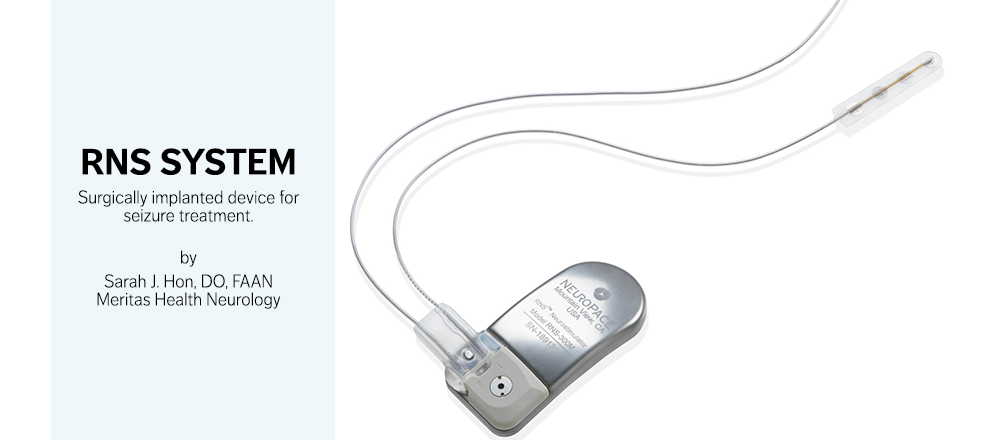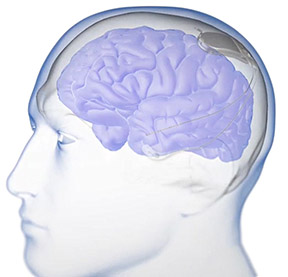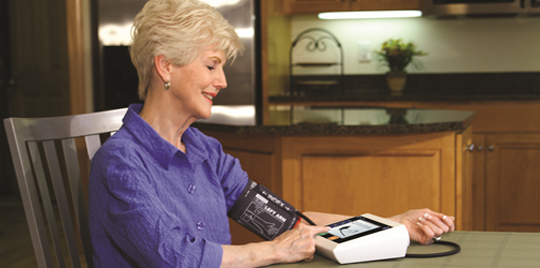Epilepsy Treatment Options Gain Ground
February 11, 2019By: Sarah Hon
Categories: High Tech, Neurosciences

One in 26 people will develop epilepsy at some point in their lifetime. Yet despite the development of a number of new medications, up to one-third of people with epilepsy do not respond adequately to medications.
Even going from four seizures a month to four a year can leave people profoundly limited by their condition. They may not be able to obtain a driver’s license. They may not be able to hold down a job. They can sustain significant injuries. Their lives remain unpredictable, simply waiting for the next seizure.
They may find themselves trying medication after medication and combinations of medications. If a person has not become seizure-free despite trying two seizure medications, the American Academy of Neurology recommends that he or she be referred to a neurologist with expertise in epilepsy treatment.
Although there is no cure for epilepsy, the breadth of treatment options continues to expand. Two advancements provide options for people whose seizures cannot be adequately controlled with medications:
- Imaging may help pinpoint the source of seizures for surgery that may dramatically reduce the frequency of seizures or in many cases may ultimately result in complete stoppage of seizures.
- A variety of implantable devices may be used to monitor brain activity and reduce the number of seizures.
Precise Imaging
Detailed imaging using a specialized high-tech MRI machine can help identify underlying brain abnormalities appropriate for brain resection or ablative surgery. Both are commonly performed surgeries. In brain resection, the surgeon cuts away brain tissue that has been identified to be the source of the patient’s seizures. In ablation, the surgeon destroys abnormal tissue.
For example, it’s estimated that between 60%-80% of people with one of the most common abnormalities known to cause difficult-to-control seizures – right mesial temporal sclerosis – become seizure-free after surgical resection.
Implantable Devices

The RNS System’s small neurostimulator is implanted under the scalp and connects to leads placed in two seizure onset areas in the brain.
Surgically implantable devices that detect and prevent seizures may be an alternative for those who are resistant to medications and not eligible for brain resection. Two such devices are the RNS® System and SenTiva . A neurologist programs the devices to the individual and can review data collected for any needed treatment adjustments.
. A neurologist programs the devices to the individual and can review data collected for any needed treatment adjustments.
With the RNS System, a small neurostimulator is implanted under the patient’s scalp. Connected to leads placed in one or two seizure onset areas in the brain, it monitors and responds to brain activity much like how a pacemaker responds to heart rhythms. When abnormal activity is detected, the neurostimulator sends undetectable electrical pulses to halt the activity so the individual does not have a seizure.
The size of a pocket watch, the SenTiva is implanted beneath the collarbone. Wires connected from the device to the vagus nerve send mild electrical impulses to areas of the brain. These pulses are sent at regular intervals 24/7 to reduce the duration of seizures. When a person feels a seizure coming on, users also can activate the mild electrical impulses by holding a small magnet over the implanted device.
About the Author
In addition to her busy practice, Dr. Hon also spends time advocating for patients on behalf of the American Academy of Neurology. In February 2018, she was one of six Missouri neurologists selected to attend Neurology on the Hill. During this American Academy of Neurology-sponsored event, neurologists met with members of Congress and their top healthcare staff to request support for neurologic research and programs that improve patient care. Dr. Hon, along with her epilepsy colleagues, also has formed the Kansas City Epilepsy Society to improve epilepsy care in the Kansas City area.


